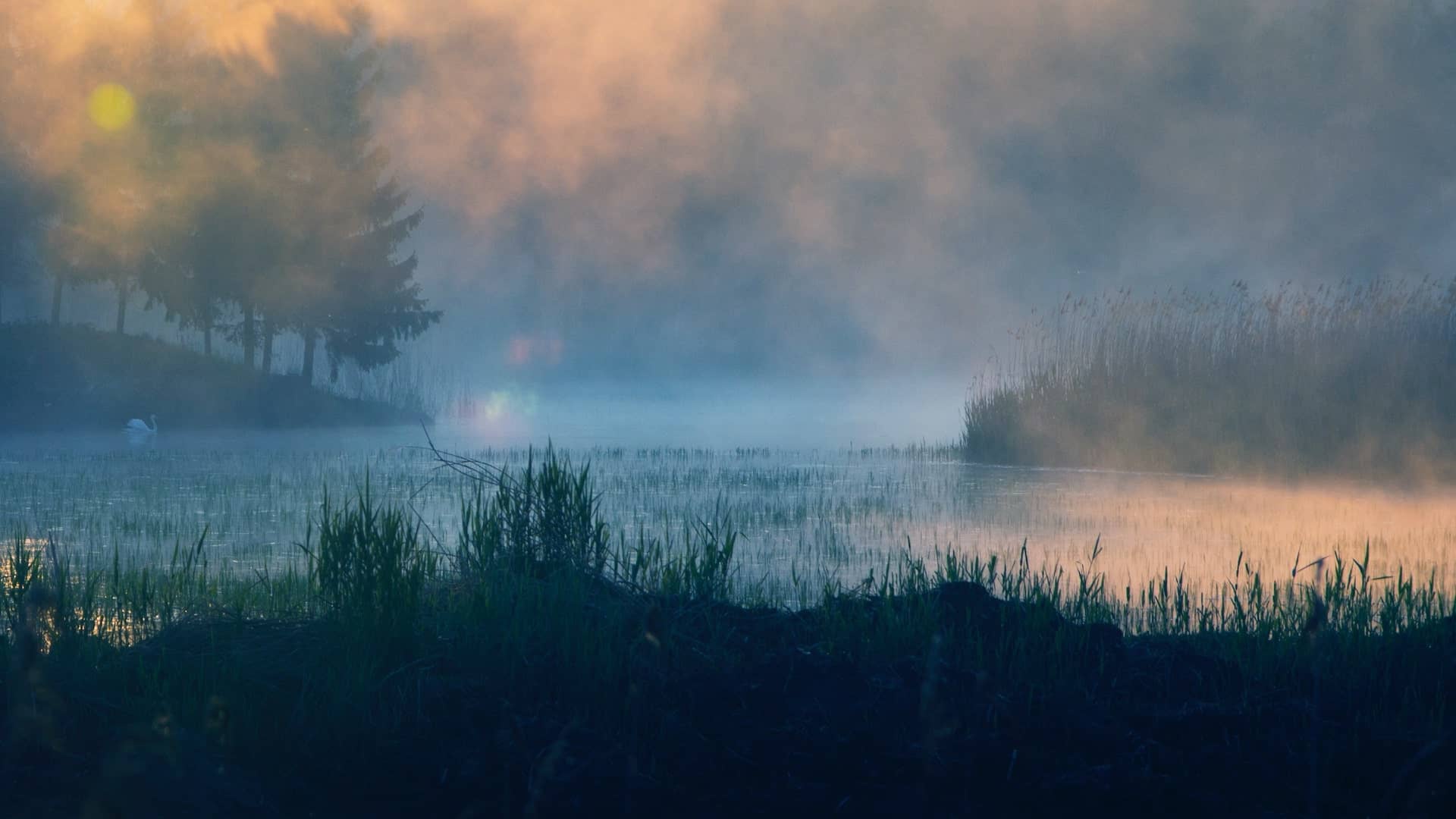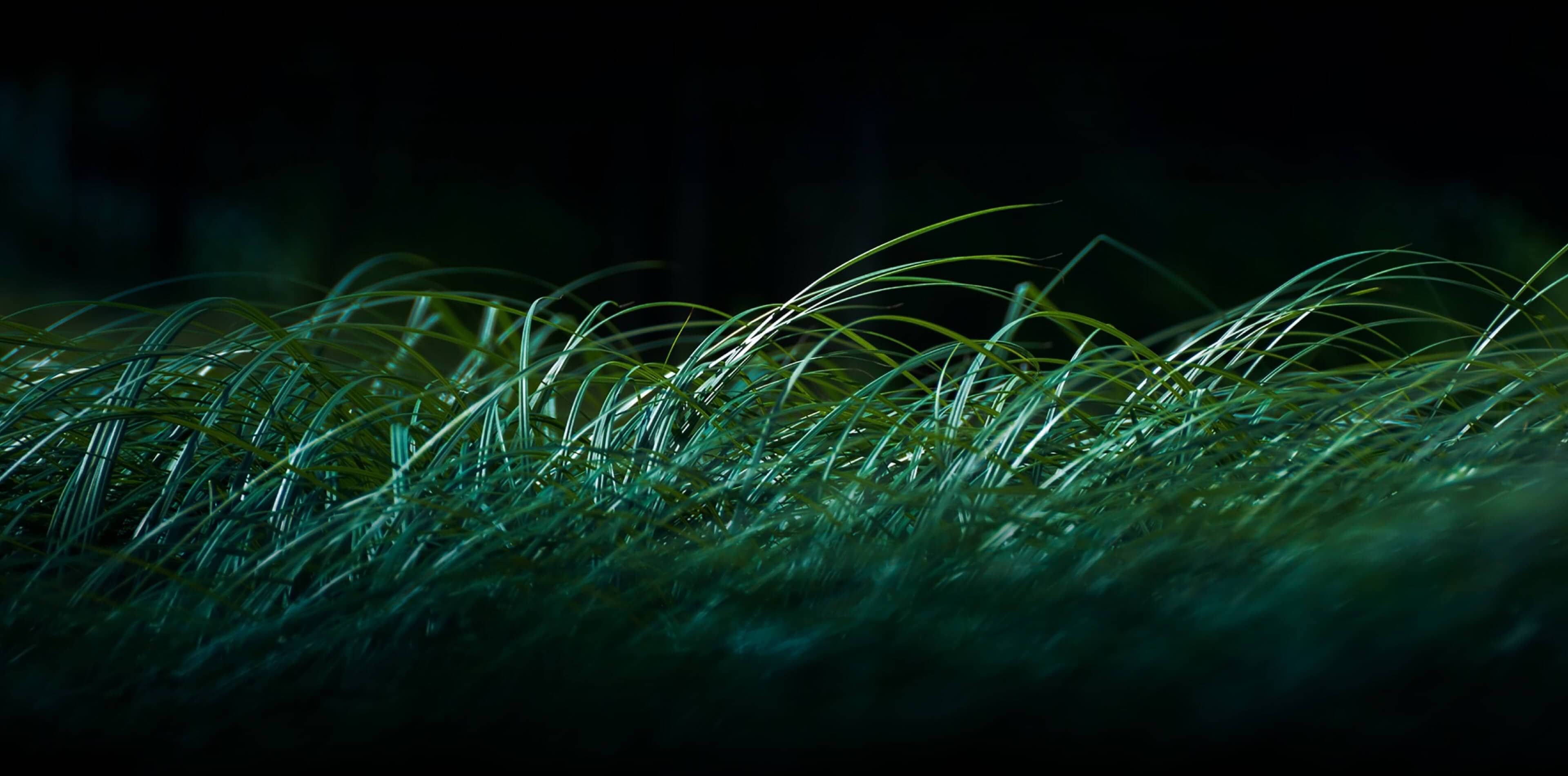



Borderland
culture
Palaces and wooden architectural wonders
The architectural landscape of the Valley is distin-guished by palaces hidden mostly in beautiful old parks and wooden, sacred and secular buildings – silent witnesses of the turbulent history of the Barycz Valley.
The history of the Barycz Valley

The wooden church of St. Matthew the Abbot in Trzebicko is one of the 15 that have survived from a group of approx. 300 wooden churches built in Lower Silesia. Built in a framework construction and boarded with wooden boards, it attracts attention with its silhouette. Especially the interior impresses with the splendor of the folk baroque.

The Maltzan Palace in Milicz – the former residence of the family, thanks to which the Barycz Valley experienced its economic boom – hosted Alexander, the Russian tsar, and boasts a magnificent knight's hall. Surrounded by an impressive park with exotic trees and the ruins of a medieval castle where the oldest toilet seat in Poland was found.

The Palace and Park Complex in Żmigród – the ruins of the palace, whose final, classicist shape was given by the creator of the Brandenburg Gate. The beginning of the end of Napoleon Bonaparte took place in this impressive seat of the Hatzfeldts when, in July 1813, Tsar Alexander, Prussian King Frederick William III, Grand Duke Konstantin and Field Marshal Kutuzov formed a coalition against Napoleon.
see you
in the Barycz Valley











